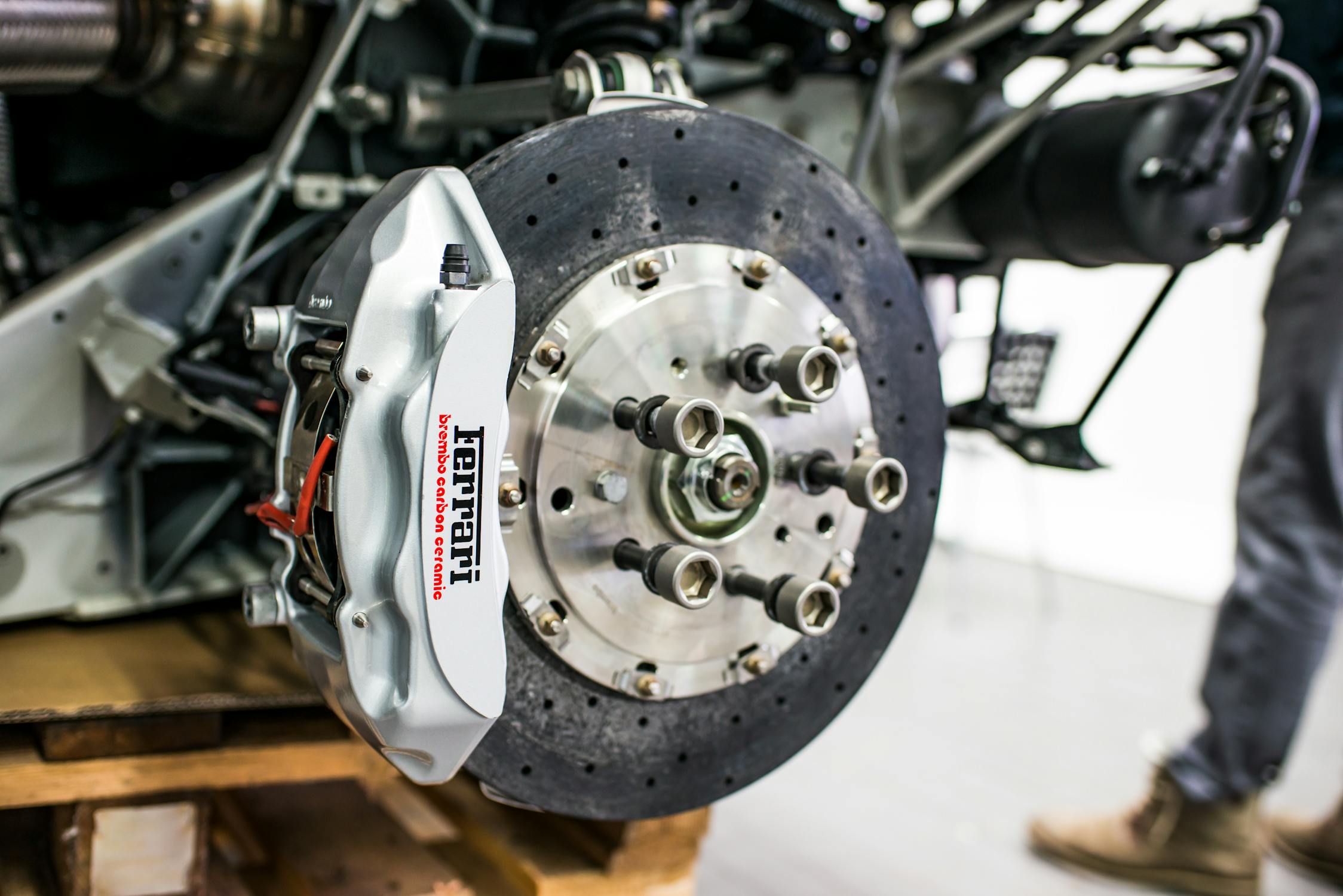Did you know that Canada’s Inuit are the world’s best natural mechanic?
To beat their game, you need training and on-job experience. That said, you only need a few tips to be the mechanic of choice.
Most amateur mechanics have run their garages with a handful of skills like:
- Changing a flat tire
- Jumpstarting a car
- Changing oil
- Replacing Spark plugs
- Changing vehicle batteries
- Changing wiper blades
- Replacing air filters
- Replacing brake pads
- Replacing headlights or taillights
- Fixing scratches
You need just a little more to be a good mechanic. This article will explore the tricks that others have used to stand out.

What Makes a Good Mechanic?
Are you a good mechanic? Find out by weighing yourself against the must-have qualities below. Solving brakes issues, conducting flushes, repairing struts, interpreting wiring diagrams, and using auto repair software correctly.
Apart from good customer service, and excellent communication skills, you will require in-depth knowledge in the above areas. As stated at MechanicWiz.Com, learning the art of vehicle repair and servicing is continuous. It won’t hurt learning a thing or two from social media platforms that work around the field. The internet has lots of info that you may never find in school. Over time, you can become a pro by mastering the different tricks shared by fellow mechanics.
How to Crack Mechanics Using Auto Repair Softwares
These are programs on how to fix a car. They teach about all the specifications of a car. An auto repair software is a toolset that you consult regularly.
This reference material is what the pros are using. It contains every detail on vehicle repair. Arm yourself with one and notice the difference.
There are several in the market. Choose one that suits you. They include mitchell1, ARI, Alldata, among others. Build your capacity to use the software data efficiently and correctly to become a mechanic of choice.
How to Read a Car Wiring Diagram
This is an electrical circuit map. It helps to diagnose electrical problems faster. Use it to track the circuit of interest from the power source to the ground. You will need to ensure that all circuits are complete without any break or restriction.
The diagram is composed of symbols to various components. Use the legend to understand what a symbol stands for. A simple circuit is composed of: positive terminal, fuse, switch, load, negative terminal, relays, and control units.
The power side of the circuit is the path to the load from the positive terminal. The ground side of the circuit is the return path after the load that connects back to the battery’s negative terminal.
Digital diagrams are more efficient than printed ones. You get them from manufacturers and auto repair software.
What are Struts on a Car?
Struts refer to the Suspension system of a car. They serve as the link between the wheel and the vehicle body. You fix them on the chassis to support the vehicle weight.
Struts consist of the coil spring, which supports the height, weight, and stability. And the shock absorber swallows bumps and dampens vibrations caused by irregularities on the road. Other components may include; spring seats, the strut bearing, the steering knuckle, and the strut tower brace.
Struts determine the general ride quality and load-bearing support. They impact brake performance, wheel alignment, and turning ability. They are integral to both suspension and steering systems.
What are the Important Vehicle Flushes
This primarily deals with systems that need fluids and how the fluids work with different vehicle components. Flushing is necessary to ensure proper maintenance and optimal vehicle performance.
The types of vehicle flushes are;
- Transmission flush
- Engine Cooling (coolant or Antifreeze) flush
- Power steering flush
- Brake fluid flush
- Fuel-injection flush
- Rear-Differential flush
Other fluids include; windshield washer and ac coolant (refrigerant). Fluids wear out and, at some point, will need draining and replacing with new ones.
How to Fix Vehicle Brake Problems

The braking system repair is an essential skill for any mechanic. The journey to be a good mechanic starts here. You need to be excellent on brakes.
The common brake problems you will encounter are:
- Soft brake pedal
- The car pulls to one side
- The steering wheel shakes when brakes are applied
- The brake pedal pushes up and down
- The whole car shakes when brakes are applied
Get practical solutions on these major brake issues, including any minor brake faults, and then you’re ok.
Being a mechanic can save you a significant sum of money that could have been used for your car repairs. Shared in this article are tips and ideas you can borrow to take your skill to the next step.
